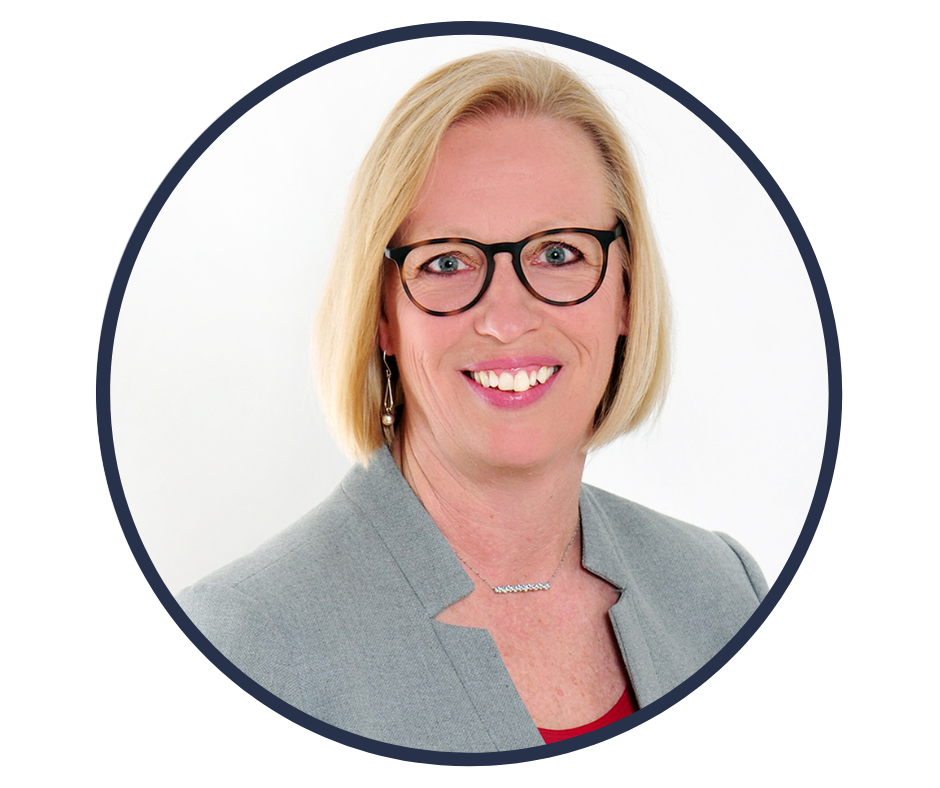Using Somatic Exercises in Physiotherapy and Rehab Practice

Using Somatic Exercises in Physiotherapy and Rehab Practice
1 hour 15 minutes
The instructors
Overview
We are really good as physiotherapists at breaking down an activity like walking and retraining it.
But, how do you break down other habitual movements or postures, like sitting?
Changing sitting postures and telling people to sit up straight doesn’t usually change things and the evidence behind postural correction for pain is weak.
How do you break down generalized tension in the lower back after an injury? How do you normalize the tone in the paraspinals, the abdominal wall (bracing), and the hip flexors which have learned to guard the area?
You can stretch these muscles, which is what we have learned to do as physiotherapists. It may help because it changes the input into the sensory-motor cortex by re-training the neuromuscular system from the bottom up.
But if the motor pattern in the brain has changed and defaulted to a pattern of guarding, you may have to target the brain specifically to see any lasting changes in the tension of these muscles.
This is called a Top-Down Approach.
Body mapping exercises such as Feldenkrais exercises, Eric Franklin exercises, and Tai chi/Qi gong can be really helpful in creating novel, non-threatening movements that target the cortical structures (top-down).
Webinar Structure
Each panelist will do a 20-minute presentation or guided movement practice. This will be followed by a 15-minute panelist discussion guided by audience questions.
The panelists who will be joining us for this webinar are:
- Carolyn Vandyken, a physiotherapist who has been incorporating sensory-rich, novel movement practices that have been influenced by yoga, mind-body exercises and qi gong for the past 15 years. The use of these movement practices teaches patients how to relax tension in their body, as well as to create functional strength in body parts that have been challenged by pain.
- Jill Mueller, a physiotherapist who is completing Dr. Peter Levine's Somatic Experiencing Certification
- Anita Noone, Movement Educator and Feldenkrais Teacher
The panelists' bios and credentials are outlined in the Instructors section below!
Audience
This free webinar is intended for all rehabilitation practitioners interested in learning about the principles of taking a top-down approach and incorporating somatics into their practice.
Registration and Replays
There's a maximum of 500 seats available in the webinar room. If you cannot attend live, please do not register. This will allow people who can attend live to ask questions and interact with the instructor.
If you can't join live, don't worry! We will stream the live webinar to our YouTube channel and leave it up for 48 hours after the live webinar. You can subscribe to Embodia's YouTube channel here.
You can also choose to receive the follow-up email after the webinar. This email contains information about where to find the recording, a reminder about the free live stream on YouTube, and any additional resources shared during the webinar. Scroll down and click on the button that reads '+ Add me to the notification list'. (Please note: if you register for the webinar you will automatically be added to the notification list.)
This webinar will be recorded and available as an on-demand course on Embodia Academy, free for all Embodia Members. You can learn more about our membership offerings here.
The instructors

Guild Certified Feldenkrais Teacher.
Anita completed the four year Feldenkrais® Training program in 2010 and is a Guild Certified Feldenkrais Teacher. She has worked consistently since then offering both hands-on and group classes, as well as consulting at the Scripps Chronic Pain Rehabilitation program, the San Diego Cancer Center, and the Naval Medical Center in San Diego.
Anita has served on the Feldenkrais Journal Editorial Board and as the Editor in Chief. The Feldenkrais Journal publishes thoughtful and thought-provoking articles about the Feldenkrais Method®, as well as the relationship of the work with other disciplines. She has also served as a member of the Board of Directors of the Feldenkrais Guild of North America.
Anita holds degrees from the University of Chicago and the University of San Diego, and she completed a three-year course of study in psychology and healing at the University of Santa Monica.

BKin, BHScPT (Pelvic Health)
Jill has been a physiotherapist for 20 years, focusing on pelvic health, orthopaedics, and visceral therapy. She has been assisting courses for the past 5 years and is ready to share her knowledge by teaching her own course on Endometriosis. She has a keen interest in using a patient-centered approach, integrating an evidence-based, biopsychosocial model into her practice.
Jill has explored using these approaches, having endometriosis herself, and is now able to manage symptoms and live a more productive life. She feels that physiotherapists can play a vital role in helping these clients regain a better quality of life, and hopes to show others how they can help their clients suffering with similar symptoms.

BHSc (PT)
Carolyn is the co-owner of Reframe Rehab, a teaching company engaged in breaking down the barriers internationally between pelvic health, orthopaedics and pain science. Carolyn has practiced in orthopaedics and pelvic health for the past 37 years. She is a McKenzie Credentialled physiotherapist (1999), certified in acupuncture (2002), and obtained a certificate in Cognitive Behavioural Therapy (CBT) in 2017.
Carolyn received the YWCA Women of Distinction award (2004) and the distinguished Education Award from the OPA (2015). Carolyn was recently awarded the Medal of Distinction from the Canadian Physiotherapy Association in 2021 for her work in pelvic health and pain science.
Carolyn has been heavily involved in post-graduate pelvic health education, research in lumbopelvic pain, speaking at numerous international conferences and writing books and chapters for the past twenty years in pelvic health, orthopaedics and pain science.